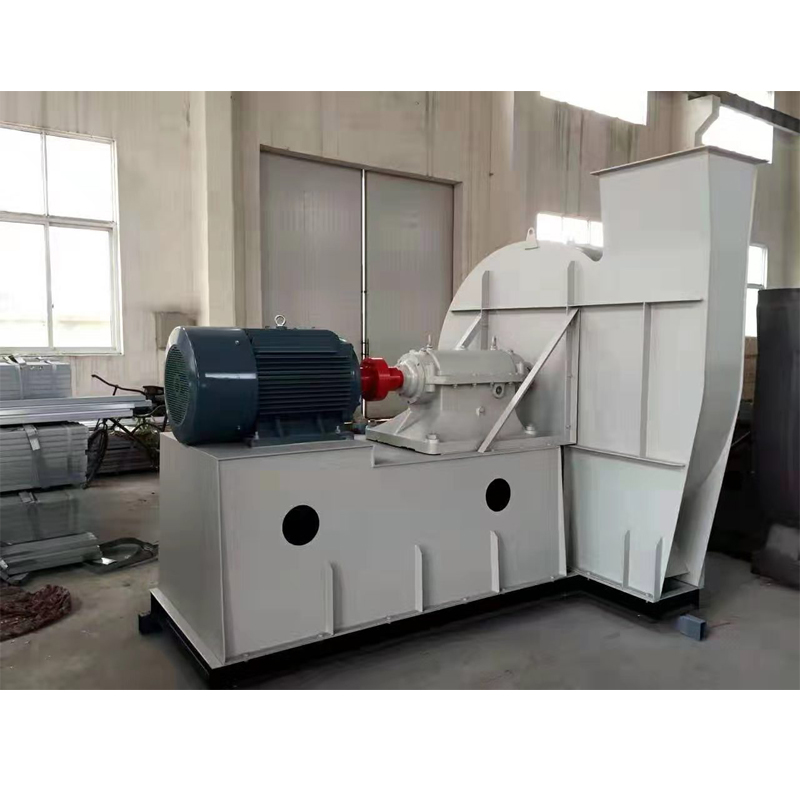Nonwoven fabrics have become indispensable materials in a wide range of industries from hygiene and medical to construction and agriculture. One of the most versatile and commonly used nonwoven fabrics is spunbond polypropylene, known as PP spunbond. This material offers beneficial properties that make it a top choice for many applications. In this blog post, we’ll explore what exactly PP spunbond fabric is, how it’s produced, its performance properties, and the many uses for this nonwoven textile.

What Is Spunbond Polypropylene Fabric?
Spunbond polypropylene, or PP spunbond, is a nonwoven fabric made from polypropylene filaments. To produce it, polypropylene plastic pellets are first melted and extruded through tiny nozzles to form continuous filaments. As the filaments are extruded, they are rapidly stretched and elongated using high-velocity air jets. The filaments are then deposited on a moving belt in a random pattern to form a web. The web is thermally bonded using heat and pressure to fuse the overlapping filaments. This creates a strong, breathable fabric without any knitting or weaving.
The spunbond process results in a fabric with excellent strength, flexibility, and stability. Polypropylene itself is known for its durability, hydrophobicity, chemical resistance, and affordability. These attributes make PP spunbond a versatile material for many different applications.
Key Properties And Performance
PP spunbond nonwoven fabric offers a unique balance of properties:
- High tensile strength and tear resistance
- Breathable yet dense structure
- Excellent liquid barrier abilities
- Soft, flexible handfeel
- Good dimensional stability
- Resistance to humidity, mildew, and many chemicals
- Stays intact when stretched or strained
- Can be sterilized for medical uses
- Cost-effective and efficient to produce
The combination of strength, flexibility, and barrier properties makes PP spunbond suitable for a wide range of uses from hygiene products to industrial filtration. It can be engineered during production to have different weights, thicknesses, and performance characteristics.
Common Applications And Uses
Thanks to its favorable properties, polypropylene spunbond finds many applications:
- Disposable hygiene products – The fabric is used in diapers, sanitary pads, adult incontinence products, and hospital underpads. It keeps moisture away from the skin while allowing breathability.
- Medical fabrics – PP spunbond is used for surgical drapes, vestidos, sterile packaging, and masking fabrics. It provides a bacteria barrier while remaining breathable.
- Geotêxteis – When used for geotextile fabrics, PP spunbond provides excellent filtration, separation, drainage, and stabilization for roads, dams, canals, and other structures.
- Crop coverings – Spunbond polypropylene makes ideal crop coverings to protect plants from frost, wind, hail, birds, and insects due to its strength, opacity, and drainage.
- Furniture and bedding – Within furniture upholstery and mattress covers, PP spunbond offers a soft, breathable surface that holds up well to continuous use.
- Industrial workwear – The fabric is often used for protective clothing, aprons, and gloves due to its durable, hydrophobic, and breathable nature.
- Air and liquid filtration – PP spunbond’s dense structure filters out particles, droplets, and aerosols while allowing gases and liquids to pass through.
Conclusion Of Polypropylene Spunbond Nonwoven Fabric
With its unique production process and balance of properties, polypropylene spunbond nonwoven fabric serves a wide array of industries. It delivers strength, breathability, liquid repellency, and bacterial resistance with efficiency and cost-effectiveness. As nonwovens continue to gain market share across textile and technical applications, expect versatile PP spunbond to maintain its prominence for years to come.
